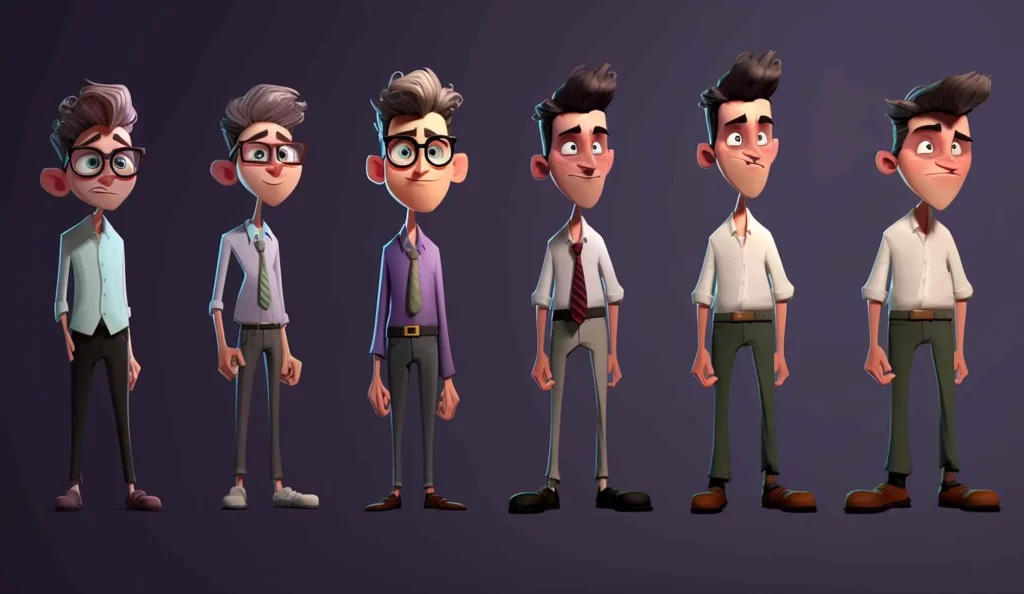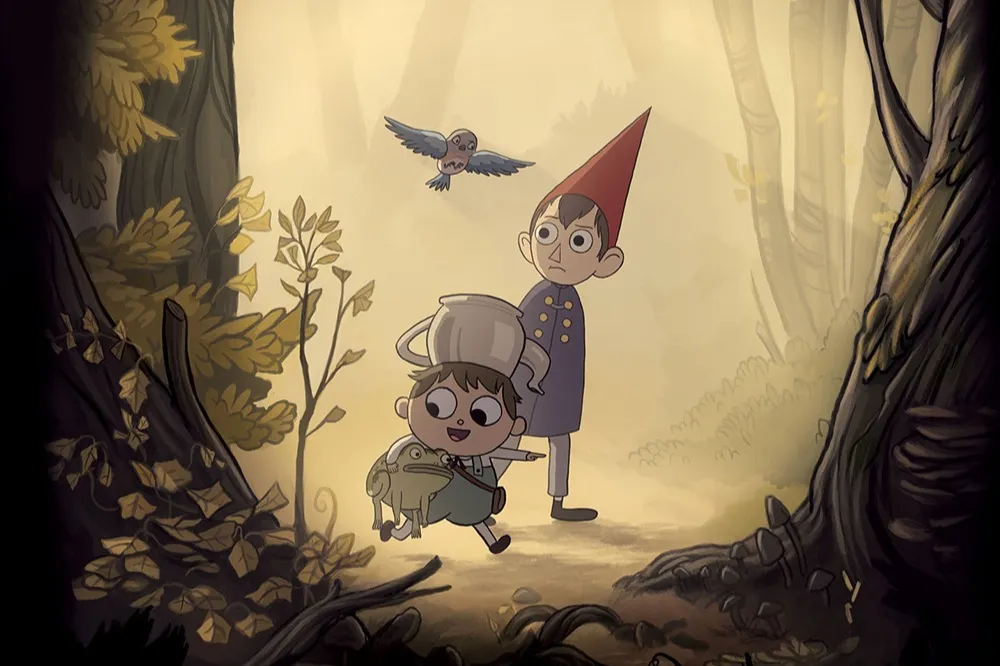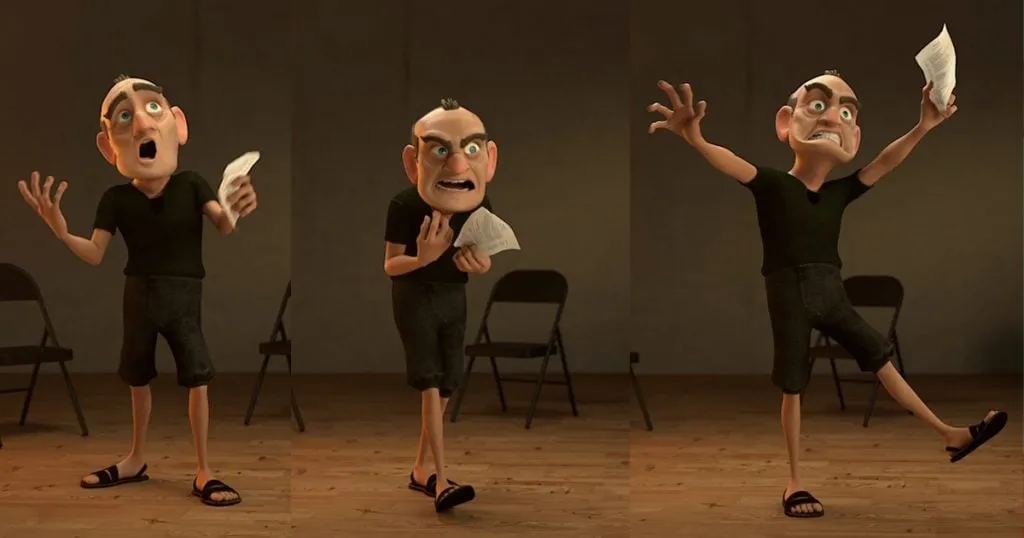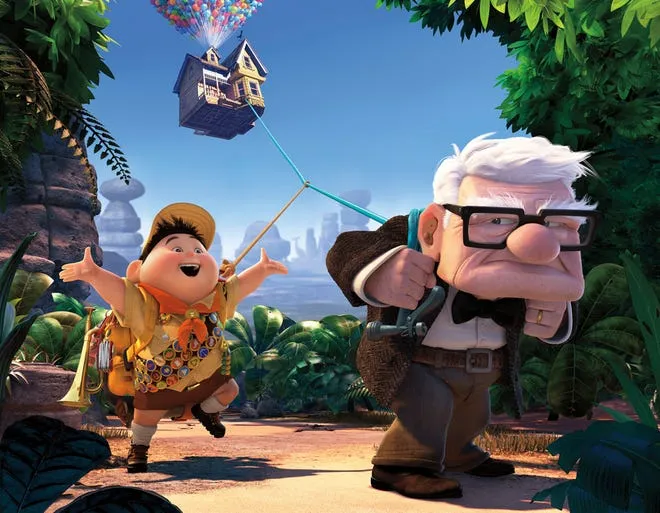Think of Mickey Mouse swaggering across the screen with unlimited charisma, Miles Morales bouncing through the colorful Spider-Verse, or a funny game character jumping over obstacles with infectious charisma.
These scenes do not appear by chance; they are carefully designed in character animation, the art that brings the still drawings to life and makes them breathe with stories. Whether it is the blockbuster movies, indie games, or viral TikTok videos, character animation is the pulse of contemporary storytelling. By 2026, such craft will be more available than ever, allowing tools and resources to enable amateur creators to make their animated magic.
Be it your desire to make a character dance, cry, or jump off the screen, this guide will give you the basics, present novice-level methods, and introduce tools and trends that will help you get started with animation. So, we will enter the world of character animation and release your creative power!
The concept of Character Animation: What is Character Animation?

Character animation is the art of adding motion, expression, and character to static designs. It is not only a matter of moving characters around, but it is a matter of making them come to life so that they seem to have their thoughts and emotions.
Consider Woody in Pixar’s Toy Story: his hunched-over posture expresses heartbreak, whereas his big-eyed glances are filled with hope, and none of these things are said. Or take the immersive non-player characters (NPCs) in The Last of Us, whose small movements remind you that you are not playing with real people.
Character animation is all about storytelling at its core, bringing stories to life in films, video games, and even short, attention-grabbing snippets on social media. It is a mix of technology, art, and imagination that impresses audiences all over the world.
Categories of Character Animation

Every creative idea has its own animation style that is unique and has its own appeal and uses. Below is a more in-depth view of the primary types:
- 2D Animation:
The old-fashioned cartoon, like that in The Lion King by Disney, or in the digital shorts that are everywhere on Instagram Reels. You could do it the old-fashioned way and create every frame by hand, or you can use an application such as Adobe Animate to do your work more smoothly and digitally. 2D animation is ideal in cartoons, indie work, or any quick content that can draw attention to itself due to its bold and flat style.
- 3D animation:
Consider the threatening slide of Smaug in The Hobbit and the expressive characters of Fortnite. It includes the creation of 3D models, their rigging using computer skeletons, and animation with programs such as Blender or Autodesk Maya. It is perfect in movie-making, video games, and virtual reality, providing depth and realism.
- Stop Motion:
Have you ever seen Wallace & Gromit? That is stop motion- physically moving a model, such as clay figures or paper cutouts, frame by frame to achieve smooth movement. Software such as Dragonframe or even phone applications such as Stop Motion Studio make it affordable to use at home or in some indie film productions that have a homemade quality.
- Motion Graphics:
Motion Graphics are moving animations, such as on text, logos, or simple shapes, used in smooth explainers or YouTube openers. Programs such as Canva or Adobe After Effects produce professional-level results in a short time, making them ideal for branding, advertising, or social media content that must stand out.
Both have their style of storytelling, and thus, it is up to you to select the style that best suits your creative ambitions, the level of your skills, and the atmosphere you are trying to achieve.
Crucial Techniques of Novices:

Are you in animation? You will be able to create quality character animations by just learning some basic skills. Let us take them apart.
Learning the fundamentals of Keyframe Animation:
The keyframing process is the foundation of the majority of animation pipelines, whereby poses at a given time, such as a character with an arm extended at the beginning of a scene and then the arm lowered at the end, are set.
The software then inserts the other frames in between to give smooth movement. It is like mapping the points on a map that your character would have to follow, so that there is a deliberate and dynamic movement.
Lip Sync & Facial Expressions:
To make characters talk, you have to synchronize their mouth movements with the audio of the dialogue, and the shapes should correspond to the sounds (an O to say hello). Facial expressions can be added to add emotion to the text, a raised eyebrow to show surprise, and a smirk to show mischief. Train using small dialogue snippets in order to master timing and make characters realistic.
Walk Cycles:
A walk cycle has to be realistic to have realistic characters. Watch the real-life motion: watch how legs swing in the opposite direction to the arms, or watch how there is a small bounce in the steps. Begin with a simple left foot forward, right foot forward, and modify it to suit the personality of your character, a strut or a shuffle. B. Tools and Software: You do not have to have a Hollywood budget to begin animating. To get started, here is a starter toolkit:
| Type | Tools for Beginners | Best For |
| 2D Animation | Adobe Animate, Toon Boom Harmony | Cartoons, social media |
| 3D Animation | Blender (free), Autodesk Maya | Games, films |
| Stop Motion | Dragonframe, Stop Motion Studio | DIY projects, indie films |
| Motion Graphics | Canva, Adobe After Effects | Brand videos, ads |
- Blender:
An open-source, free 3D animation powerhouse that has been used by everything, including indie projects and Netflix films. It is powerful and hence it is a favorite among the beginners and professionals.
- Adobe Animate:
This is best suited to 2D cartoons, has intuitive features, and is integrated with other Adobe software, such as Photoshop.
- Canva:
Provides drag-and-drop templates of motion graphics, which are suitable for creating eye-catching social media content within a short period.
- Dragonframe:
The professional software used in stop-motion, but Stop Motion Studio is an affordable alternative to smartphone-based work.
Success Pro Tips
- Keep it simple:
It is better to animate a bouncing ball than a fire-breathing dragon. It imparts some fundamental concepts, such as timing, weight, and anticipation, that are fundamental to every type of animation.
- Refer to Reference Videos:
Film yourself performing a scene, such as a dramatic wave or a silly dance. This cheat code will enable you to record realistic motions and convert them to your animations.
- Take advantage of AI:
Programs such as Adobe Character Animator have AI that auto-syncs lip movements to the audio or even track facial expressions using a webcam, so you do not have to spend hours doing it yourself.
Step-by-Step Workflow
Animation may seem intimidating, but it can be easy once it is divided into distinguishable steps. The following is a simplified process of making your characters come alive:
Pre-Production
- Concept Art:
First, draw your character with any unique features, such as large eyes to be cute, a weird hat to be quirky, and long limbs to be funny. Consider Spider-Man or his emotional mask or Shrek and his ogre-ish appeal. These layouts define the mood of your animation.
- Storyboarding:
Prepare an animation as a comic book. Sketch important moments to plot the development of the story, paying attention to key action or emotional moments. Even crude drawings on paper or a computer tablet can do miracles to visualize your story.
Production
- 2D Workflow:
- Make keyframes on large poses (e.g., a character jumping or waving).
- Insert in-between frames to make transitions between keyframes smooth.
- Erase jagged lines and give them some color or shading to make it perfect at the end.
- 3D Workflow:
- Make your character, shape it as digital clay to create its form.
- Put a digital skeleton in the model, and make it move naturally.
- Clean up key poses, motion curves, and secondary actions (such as hair movement).
- Use textures and render the scene to a professional, cinematic effect.
- Post-Production
Add some sound effects such as footsteps, dramatic whoosh, or background music to add some mood to your animation. Adjust timing so that the movements appear natural, and export your animation as an MP4 or GIF in a simple format to share it on such platforms as YouTube or TikTok.
Typical errors and the way to correct them
All newcomers trip, and the best way to stay out of the rut is by knowing the pitfalls and how to fix them:
- Stiff Movements:
In case your character is a robot, use the principle of squash and stretch to give weight and dynamics. To give an example, a ball flattens when it comes to the ground and extends when it bounces, which makes the motion feel dynamic.
- Unnatural Timing:
Animations are weird when they are too slow or too fast. Apply slow in, slow out to make actions smoother, such as a vehicle coming to a halt or a character lifting his or her head.
- Making it too complicated:
Do not create a complicated rig with 50 joints or a vast 2D scene as your very first project. Use simple models (a stick figure or a simple 3D cube) and learn the fundamentals of movement.
Future Trends (2026 and Beyond)

Animation is rapidly changing as fast as lightning, and the year 2026 is filled with interesting trends that transform the industry:
- AI-Aided Animation:
AI can auto-create in-between frames, propose poses or even improve lip sync. The AI features that Adobe and Blender are incorporating in their programs ensure that animation is quick and more accessible, even to those who are just getting started.
- Real-Time Motion Capture:
Cheap motion capture suits and webcam systems allow you to capture motions in real-time, which is ideal when you want to animate using a 3D avatar in indie animation or as a streamer on Twitch or YouTube.
- Metaverse Adoption:
As virtual worlds such as the metaverse continue to gain popularity, there is a great need to use 3D animated avatars in VR, gaming, and social applications. There will be no limit to the opportunities for animators who can produce expressive and customizable characters.
Conclusion:
Character animation is an exciting mixture of art and technology that transforms your most far-fetched concepts into living action that attracts viewers. You may be drawing a 2D cartoon hero, rigging a 3D adventurer, or creating a stop-motion masterpiece, but the thing is to begin with small steps, be curious, and train every day. Let us animate a simple waving hand today? Try Blender (it is free) or play with Canva motion graphics templates and see what ideas come to your mind. The world of animation is full of potential, and it is awaiting your voice to be heard!
FAQs
Q: Do I have to be skilled at drawing to animate?
A: It does not have to! 3D animation is more based on software experience, and you can use software such as Adobe Character Animator or Canva to access the ready-made assets. In case of 2D animation, simple sketching assists; however, you can use templates or trace references to get into it.
Q: Which form of animation is easiest to learn?
A: 2D animation using software such as Canva or Adobe Animate is extremely newbie-friendly, as they have user-friendly interfaces and drag-and-drop. Motion graphics are also a good way to make fast, professional-looking work.
Q: What is the duration of learning animation?
A: It is all a matter of what you want to achieve! With the proper tutorials, you can come up with something as simple as an animated bouncing ball in a weekend. It may take months to learn the complex character animations, but with the help of daily practice (30 minutes to an hour), you can advance your skill dramatically.
Q: Is it sufficient to use free tools such as Blender?
A: Absolutely! Blender is a free and industry-standard tool that is used in projects as small as indie projects and as big as Netflix movies. It is a powerful tool with an active community and, therefore, ideal both for a beginner and a professional.
Q: What do I do to have a professional look in animations?
A: To make your work lively, emphasize timing and exaggeration. Apply real-life movements by using reference videos, use principles such as squash/stretch, and finalize with sound effects. Another way of improving your skills is to share your animations with online communities such as r/animation on Reddit and seek feedback.


